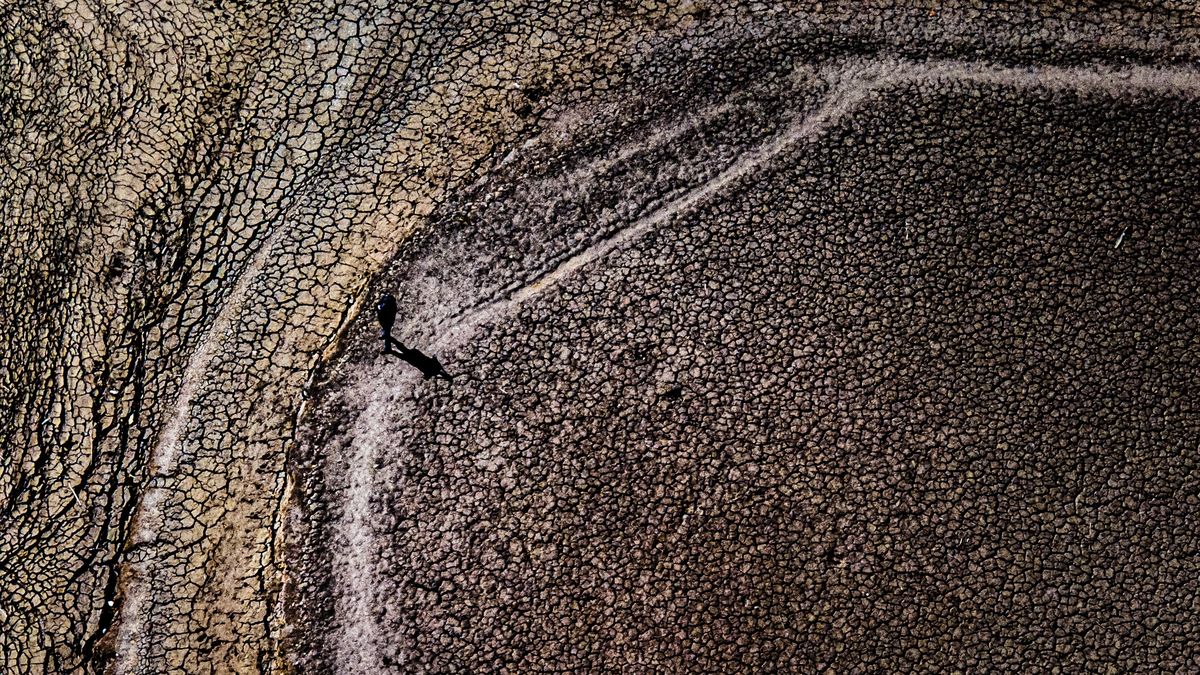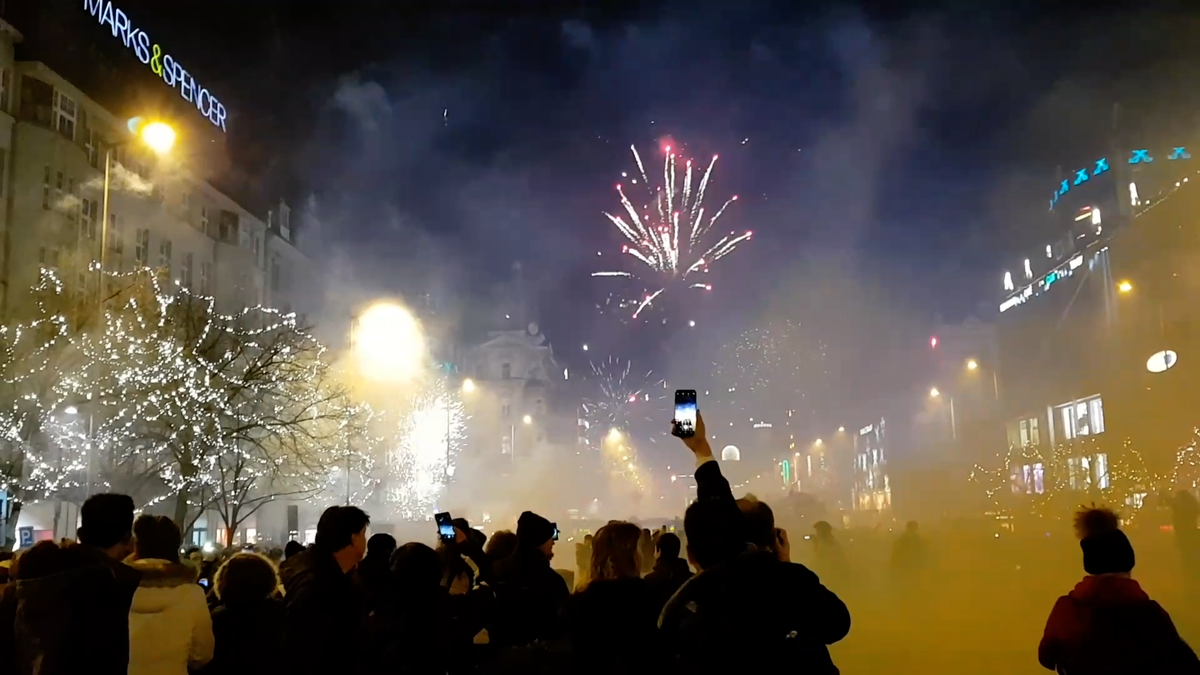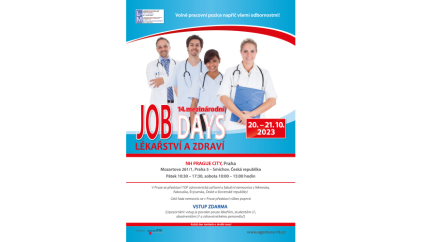The year 1952 brought a new service to our country, to be precise 70 years ago the regional hygiene and epidemic station started operating. The Vysočina Region Regional Cleaning Station (KHSV) also started its activities in the same year.
The stations entered 1952 established Act about hygienic and anti-epidemic treatment. With this move, the state officially committed to act systematically against the emergence and spread of disease and safeguard the development of the health of all its citizens.
“Cleaning services consist in the professional direction of primary disease prevention and in the supervision of compliance with legal provisions for the protection of health. It is therefore about activities aimed at improving the lifestyle of the population, strengthening health and preventing the occurrence of diseases on the one hand, and at the same time enforcing the right to health protection on the other.” Jan Pečinka, director of KHSV, reports.
Regional sanitation stations cooperate closely with State Institutes of Health and individual health agencies, while each of these public health protection agencies has specific tasks assigned by law. “I consider the importance and role of cleaning stations not only as repressive, when we monitor compliance with hygiene standards set by laws and other regulations, and if something goes wrong, we impose sanctions. But also as a precaution, when an equally important part of our work is education, helpful explanation of the correct procedures, drawing attention to possible unwanted situations and their possible public health impact. Thanks to this, it was possible to prevent a number of mistakes and their consequences. In this way, many risky situations are avoided, disease outbreaks and their spread are prevented, and at the same time, cooperation with our clients and the general public is enhanced.” added the director of KHSV.
And who provided these services before hygiene posts were established? They are general practitioners. Gradually, biochemistry and microbiology laboratories were set up in the hospital to support their work. “In it, experts reveal potential risks to human health, detecting the presence of pathogens and environmental pollutants in samples taken, which can harm human health,” supply Jana Bohmová, spokesperson for KHSV.
Hygienic station in Vysočina
Now let’s look specifically at Vysočina, how about the start of our regional cleaning station. From a historical point of view, it should be added that in 1949 the territorial system was abolished and new territorial units in the region were created, whereas the new Jihlav Region was much larger than it is today – that is, not the Jihlav Region, but the Vysočina Region. “The year 1949 also brought changes in the health sector, including the establishment of a new State Health Institute with branches in big cities. Microbiology, food, water and work environment control laboratories work in it. added a spokesperson for KHSV.
And three years later, namely in 1952, regional hygiene and epidemiology stations (KHES) were established in each region. For Jihlava KHES employees, their job is complicated by the fact that individual professional workplaces are located in various places in the city. Apart from telephone connections, everything had to be handled independently at that time, there was no e-mail or internet. “Therefore, the greatest development of the hygiene center in Jihlava took place after moving to the modern and spacious premises of the new Health House. The polyclinic building which was very well designed at that time was ceremoniously opened on 1 May 1955. Speaker Böhmová recalled the history of the Jihlava.
KHSV staff is diverse, they also take part in events outside the region. For example, they are in charge of carrying out polio vaccinations with the Solk vaccine or also influenza vaccinations which are carried out by spraying it into the nose.
District National Institute of Health
Another organizational change at the regional station in Vysočín occurred in July 1960, when the country’s territorial divisions changed again. The territory of Jihlavský disappeared and its territory was divided between the territories of South Bohemia and East Bohemia, and a large part was included in the territory of South Moravia. “KHES was changed to individual District Hygienic-Epidemiological Stations located in each district. They no longer operate independently, but fall under the District National Institutes of Health. Unfortunately, at this time, a lot of professional capacity left Jihlava, several departments had to be rebuilt in terms of personnel.” said a spokesman for Böhmová.
The activities of health professionals in the following period were also very varied and often quite demanding. In 1966, for example, foot and mouth disease spread in Hodice, and the situation was handled very well by the district hygiene department in Jihlava. In 1979, the largest epidemic of jaundice in the republic broke out in the Vysočina region. More than two thousand people fell ill. “All district cleaning station workers in the affected areas participated in the provisioning, investigation and all necessary work. Another dramatic case was the accident at the TONA plant, when toxic cyanide was released into the river.” the spokesperson for KHSV added another great activity from the hygienist.
Another milestone in the activities of medical professionals was the year 2000, when the self-governing Jihlav Region was re-established by a new Law on Territories, which was renamed Vysočina a year later, and then Vysočina Region. “In 2000, the very important Public Health Protection Act was also approved. On that basis, the local district sanitation station was transformed into the Regional Hygiene Station in the Vysočina region, based in Jihlava, with four regional workplaces in Havlíčková Brod, Pelhřimov, Třebíč, and Žďár nad Sázavou. appointed by the speaker.
Director of KHSV
KHSV has also experienced several personnel changes in its management. On January 1, 2001, with the regional cleaning station director and regional cleaning specialist, Stanislav Wasserbauer, who left after two years to become director of the Jihlava-based Institute of Health. On January 1, 2003, Jan Říha took over as director of KHS Vysočina Region. During his tenure, KHSV changed its headquarters in Jihlava in 2009, moving from Dom zdraví to the location of the administrative building on Tolstého Street. “Many experienced experts work at KHSV,” added Jana Böhmová.
The current director of KHSV is Jan Pečinka, who replaced Jan Říha. He was sworn in on 26 July 2021.
To commemorate the anniversary of the work of healthcare professionals in the Czech Republic, a national conference was held in Nové Jičín on 1 December. Health Minister Vlastimil Válek, Czech Republic chief sanitary expert Pavla Svrčinová and director of the regional branch of the World Health Organization Srđan Matić took over the aid. The motto of the entire event became the Hippocratic-Galenic concept of health “Prevention is medicine”.
“Several experts from all over the country were awarded. Among them is Jan Říha, former director of KHSV, for his contribution to the development of cleaning services in the Vysočina Region. added a spokesperson for KHSV.

“Certified bacon geek. Evil social media fanatic. Music practitioner. Communicator.”







